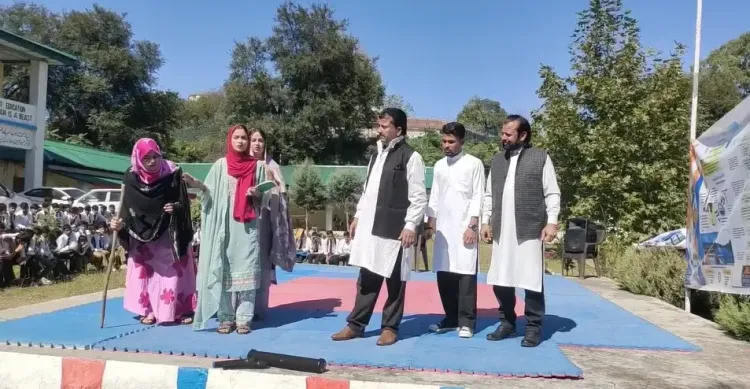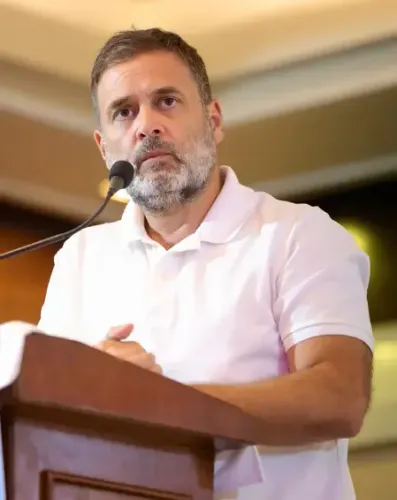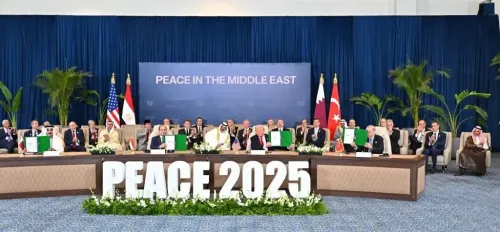What is the Impact of the PM Surya Ghar: Muft Bijli Yojana in J&K?

Synopsis
Key Takeaways
- Awareness programs are crucial for promoting government initiatives.
- The PM Surya Ghar: Muft Bijli Yojana aims to empower rural and border communities.
- Free solar electricity can significantly lower energy costs.
- Subsidies of up to 40% make solar installations more accessible.
- India is committed to sustainable development through initiatives like this.
Poonch, Oct 11 (NationPress) An awareness programme focusing on the PM Surya Ghar: Muft Bijli Yojana took place on Saturday at the Government Boys Higher Secondary School located in Mendhar, a border region in the Poonch district of Jammu & Kashmir.
The primary goal of the event was to enlighten local residents about the government’s solar energy initiative and motivate them to utilize its benefits.
During the gathering, officials from relevant departments detailed that the scheme is particularly advantageous for those residing in rural and border areas. Families that qualify can obtain free electricity through solar energy, which helps them lower their energy costs while contributing to environmental sustainability.
As per departmental records, around 50 registrations have already been completed in Mendhar and neighboring border villages. Officials expressed hope that participant numbers will rise significantly in the coming days as awareness increases.
Residents lauded the government for implementing such a forward-thinking initiative. Many pointed out that people living in border areas often grapple with challenges like power outages and soaring electricity bills. They believe this scheme provides a vital solution and represents a significant leap towards energy self-reliance.
One resident remarked to IANS, “This initiative will convey a strong and positive message to society. People in this area will greatly benefit from it.”
The PM Surya Ghar: Muft Bijli Yojana is the largest domestic rooftop solar initiative globally, transforming India's energy framework. Launched by Prime Minister Narendra Modi on February 13, 2024, the objective is to provide solar power to one crore households by March 2027. The targets include over 10 lakh installations by March 2025, 20 lakh by October 2025, 40 lakh by March 2026, and ultimately one crore households by March 2027.
Under this scheme, households can receive subsidies of up to 40%, making clean and renewable energy more affordable and accessible. Within just nine months, 6.3 lakh rooftop installations have been completed, with a current installation rate of 70,000 per month—ten times higher than prior to the scheme’s launch. The initiative is also projected to save the government ₹75,000 crore annually in electricity subsidies.
This programme is empowering millions to embrace clean energy, reinforcing India's commitment to sustainable development and green innovation.
Multiple states and union territories have demonstrated remarkable progress. Chandigarh and Daman & Diu have successfully achieved 100% of their rooftop solar targets for government buildings. States like Rajasthan, Maharashtra, Gujarat, and Tamil Nadu are also spearheading implementation. The central government is diligently monitoring state-wise progress to guarantee smooth execution and timely achievement of targets.







